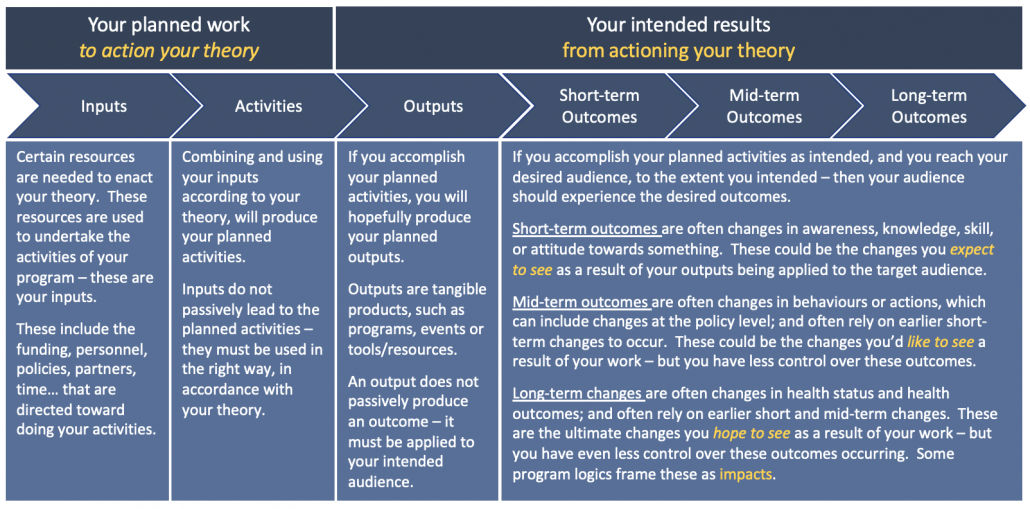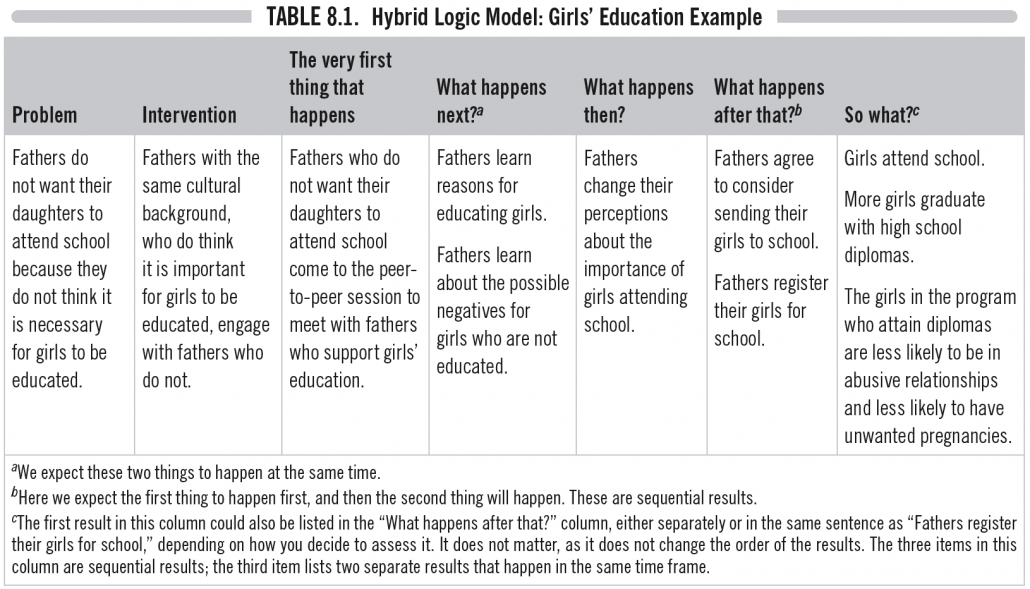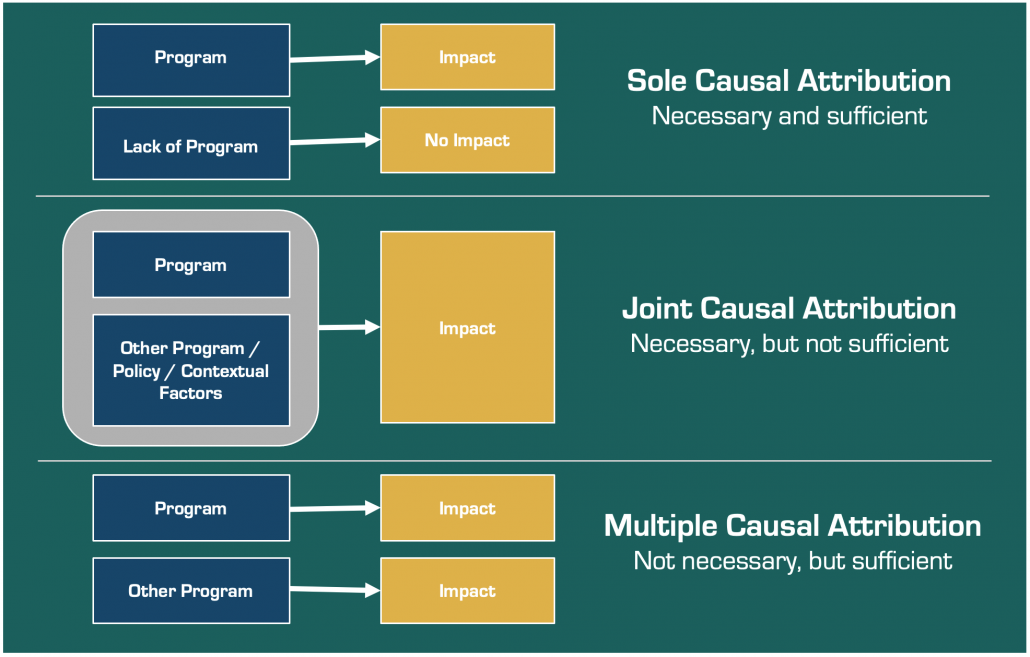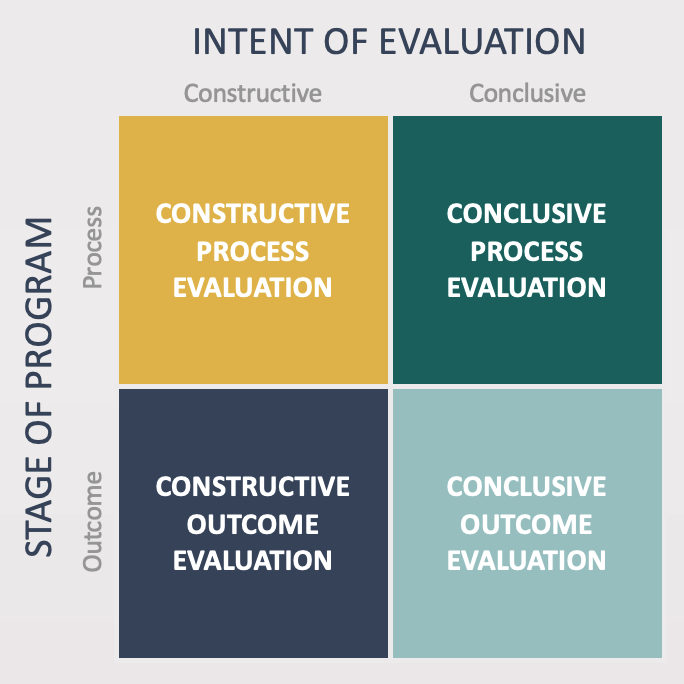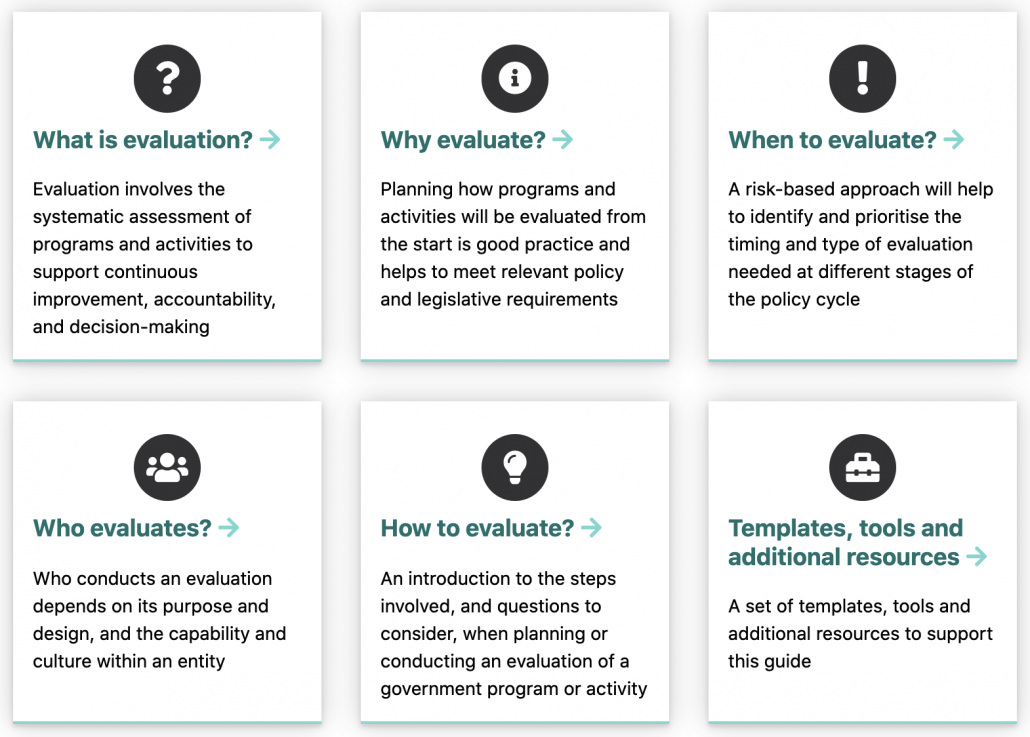I wrote this post a few years back, when I was officially transitioning from a career working in the mental health space, to a new role focusing more on monitoring, evaluation and learning. As I reflect back on my reflection – that is a little bit meta for this time of day – it strikes me that not only is it all still applicable, but somehow more so. I am so grateful for the years I spent working in the mental health space. The people I worked with, the insights I gained, the stories people shared, the strength I witnessed… have all shaped me into the person I am today. I know I originally penned this post in a moment of gratitude, but somehow, a few years on, I am even more grateful. Apologies to those who remember reading this previously… but it felt right to share again 🙂
After 26 years living, learning and working in the mental health sector – I am moving on. It’s not the case of actively moving away from the mental health sector, but rather actively moving towards something new – but there is much that I will take with me, and with an attitude of gratitude, I decided to take a few moments to reflect on what I’ve learned, how I’ve grown, and who has helped me along the way.
In keeping with my usual penchant for structure – I challenged myself to come up with 26 things – one for each year I’ve spent living, learning and working in the space. These insights are not revolutionary, and will not be news for most people, but there’s something about the process of reflection that resets your mind and prepares you for your next journey – so here’s my 26 insights.
1. Everyone has a story – ask people about theirs and make a connection. You might find something in common – shared experiences, shared fears, shared dreams. There’ll be a gem in there somewhere for you – if you’re paying attention.
2. Mental illness and mental health are not inter-changeable terms – and using them more appropriately will help to normalise conversations about both. Someone can have a mental illness, and can still be living well, remain connected with friends, work productively and positively engage in their life of choice. They can be mental healthy in the same way someone is physically healthy – living with their mental illness. It is also true that someone might not have a mental illness, but they have poor mental health. Your mental health can affect your mental illness, and your mental illness can affect your mental health. Everyone, whether living with mental illness or not, can do things to positively affect their own, and others mental health – it’s these behaviours and activities that are core to our wellbeing as people.
3. We have a lot to learn from our Indigenous peoples. Whether Indigenous to Australia or other countries, there are common threads that tie Indigenous cultures, and the way people lived, worked and played, together. Their connection to country, their reverence of customs, their reminders of history, their respect of their elders and admiration of their youth, their storytelling as a way to share important life lessons, their honouring of the arts and dance… all these things provide a solid and strong foundation for mental health and wellbeing – regardless of illness. In fact, my experiencing working with Aboriginal and Torres Strait Islander people certainly suggests that the removal of these customs and connections leads to illness. Let’s learn from one of the oldest continuing cultures in the world and connect to our country, create customs, remember history, respect our elders, admire our youth, tell stories, make art… we’ll all be better for it.
4. Most of us are stronger than we think. The time will never be perfect, and you’ll always doubt yourself… but take the risk. Maybe tell someone first, in case you stumble… but chances are you’ll find yourself on some solid ground… even if there were a few rocky steps along the way.
5. We all know the prevalence of mental illness in this country… but I think we sometimes forget how common it is when we’re engaging with people. Chances are, you’re engaging with someone who is struggling with something themselves, or supporting someone else who is. For the most part, mental illnesses are invisible. Someone can turn up to work, but be struggling with depression; coordinate an event, but be battling anxiety; or be surrounded by friends, but feel incredibly alone. Be kind – remember your behaviours can affect other people’s mental health, which can in turn positively affect their mental illness. Be the one who affects people positively.
6. We don’t understand everything – and we probably never will. Some illnesses just don’t follow the rules. Don’t doubt them, or try and make them fit a category. Remember the Cynefin Framework – sometimes we need to spend time probing, sensing and learning, before responding.
7. Mental illness sucks, and people don’t choose it.
8. Trauma sucks too, and people don’t choose that either. Unfortunately, too often, trauma leads to mental illness.
9. Authenticity and being present count for a lot. Most of us aren’t experts in mental illness – but being real and genuine and present is something we can all be, and is sometimes all someone needs in that moment.
10. Not everyone needs to be an outspoken advocate – you can use your power in other ways. I absolutely respect and admire the role that strong advocates play in challenging archaic practices, standing up for people’s rights, fighting stigma and challenging the systems that perpetuate these things… but for some people, other paths are just as powerful. Throw some money at your favourite cause; volunteer your time to help someone with their cause; be a mentor for others; be kind; be present; listen, learn… the world needs more of all of these things. Find what works for you.
11. “The system is harder to navigate than the illness”. This quote from a Mum of a young person with mental illness still resonates with me. This should never be true. I know the teams I have worked with have definitely worked to improve this situation, but this is still true too often and we all need to do better. Resolving this issue should be the sector’s driving force.
12. People don’t care who funds their care, they just want good people who care to listen and try to help. Unfortunately, our Federal/State/Local government systems aren’t always structured to respond to the person’s needs – but rather are structured based on election commitments, available funding, eligibility criteria and reporting requirements. Things don’t start out this way of course, but in a system stretched to respond, that’s often where we end up. I have seen this changing, but we have a long way to go.
13. Experiencing something doesn’t make you an expert in everything related to that something – it makes you an expert in experiencing that something. Use that experience to teach others, and change things for the better, but not to the detriment of others’ experiences. They are experts in their own something.
14. The more you learn, and the more specialised you become, the more you realise there’s so much more to learn. Be a lifelong learner. Reflect on your experiences and take something from them – whether they’re conversations with people, online courses, relationships with mentors or formalised study – be an active learner and look for the gems.
15. Joy and pain, or happiness and hurt, can coexist. The dual-axis of mental illness and mental health is testament to that. We can be struggling, but still laugh in the moment; we can be in pain, but still look forward to the spider weaving its web each night on our front porch, and be in awe of its patience and persistence; we can know our faults and failings, and have regrets, but still show up and be there for others. We are complex creatures and all those feelings and experiences are legitimate.
16. Believe people when they say I care. These aren’t words people use flippantly. Even if they said them a while ago, they’ve come from a place of love, and that doesn’t usually change.
17. Different strategies work for different people – find your reset switch and prime yourself for the change that you know will happen. For me, it’s a steaming hot shower and brushing my teeth; it’s taking the time to water and fertilise my plants; it’s baking something from scratch; it’s washing my dog – there’s some metaphor in all these activities that I apply to myself to allow myself to reset, find my bearings, and start taking small steps in my desired direction. Find your strategies, and use them unapologetically whenever you need.
18. Some people can’t see beyond the tunnel – there’s darkness, pain, failure, nothing in every direction. They’re not making things difficult for themselves, it’s just how it is for them. Kindness, persistence, patience and acknowledgement will all be necessary, along with professional support, and even then, the darkness might still remain. Sometimes the darkness is all they know. Sometimes the darkness is comfortable. Sometimes the darkness is preferred over the alternative. Do your best, your kindness and persistence never goes unnoticed.
19. Animals are amazing healers – whether you prefer fur, feathers, scales or shells – they seem to have this innate ability to understand your mood, and be just the friend you need them to be. If you find comfort with your furred, feathered, scaled or shelled friend – make more time for them in your day. It’s not rocket-science – just spend more time doing the things that bring you joy and comfort.
20. Wear the fancy shoes; burn the fragrant candles; use the fancy tea cups; buy the bunch of flowers… don’t save all the fancy stuff for special occasions, make the ordinary extraordinary. Plan it, look forward to it, experience it, and reflect on it – re-live that joy in as many ways as possible.
21. “People start to heal the moment they feel heard”. Not my words, but I definitely believe them to be true.
22. COVID-19 has highlighted our need for connection – it is the essence of our wellbeing. Plan for it in your life, for yourself and for those you love.
23. Notice the people in your life who bring you joy – whether it’s the old man who says hi each morning as you cross paths walking your dogs; or the extraverted guy who makes your coffee; or the driver who motioned you to merge into traffic; or the friendly school-crossing lady who chats cheerily to parents dropping their kids at school every morning. Take notice of them. Take on those good vibes – they were meant for you. Some of us are hard-wired to focus more on the negative aspects of our lives – but if we try hard, we’ll can train ourselves to see the positives. Often a single negative experience can outweigh a bunch of positives – but if we pay attention, and actively look for the positives – they are there. Challenge yourself to notice and acknowledge them.
24. Most of us have some special people in our lives. Whether they make living with your mental illness a little easier, or they’re a key ingredient in your mental health – they’re people who make our lives better. Tell them! They may have their own struggles, and your gratitude might just make their day.
25. “Sometimes I’m the mess. Sometimes I’m the broom. On the hardest days, I have to be both”. There’s so much truth in this. There will be bad days, where your thoughts won’t let you do the things you want to do, or say the things you want to say. You might let people down. You might be the mess. There will be other days where you will be the one supporting others – you’ll be the broom. Being both is tough, but is sometimes necessary – but you are stronger than you think. Find your strategies, reset, clean-up. Repeat if necessary.
26. There are countless people who have shared their time, their experiences, and their wisdom with me. I’m know I haven’t always been the best student. I haven’t always listened, I haven’t always trusted, and I haven’t always followed through. But I am grateful. In this moment I am grateful – for their patience, for their persistence, for their generosity, and for their grace.
